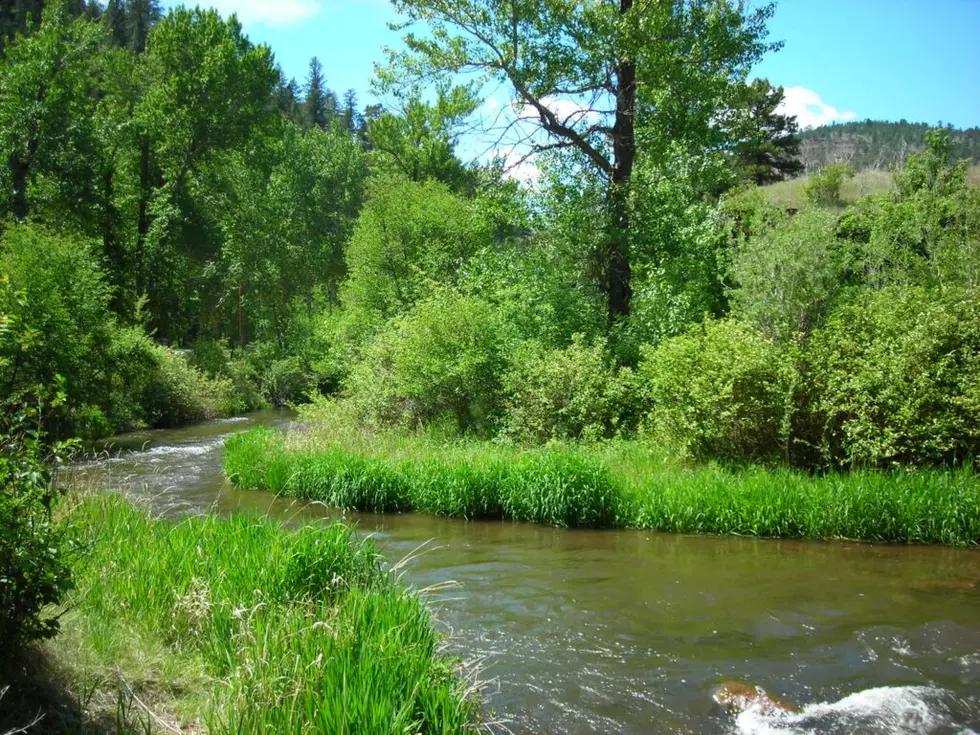
Legislative report: Stream-gage funding should be a priority
A Legislative work group has determined the one thing that can help water users accurately track river levels through the extremes of storms and drought: money.
“It really all comes down to funding,” said Paul Azevedo, Stream Gage Oversight Work Group co-chair and Department of Natural Resources and Conservation Water Management Bureau chief. “The work group took in a lot of information, listened to a lot of speakers. There’s no magic bullet; there’s no undiscovered technology that’s going to solve the problem. Collecting streamflow information is an expensive proposition, but the information you gain from it is invaluable.”
During a meeting of the Legislative Water Policy Interim Committee this week, Azevedo summarized the Stream Gage Oversight Work Group’s draft report published last week, which details the network of stream gages throughout Montana, which owns them and uses them, and why they’re necessary now and into the future.
In 2019, the Legislature created the Stream Gage Oversight Work Group to study the stream-gage situation after the U.S. Geological Survey suddenly announced in 2018 that it would be shutting down 170 stream gages nationwide and 25 in Montana because of budget cuts.
With little advance warning about the cuts, the state scrambled to find money or buyers to keep some of the gages operational. Not wanting to repeat that, the first thing the Stream Gage Oversight Work Group did was develop an interagency notification plan to allow the state more time to react if the USGS would be taking a gage offline, Azevedo said.
Since March 2021, the plan has been activated three times, allowing Montana to save six of 11 gages from the chopping block. For example, the gage on the Little Blackfoot River near Garrison would have shut down on April 30, but an arrangement was worked out where it got USGS Federal Priority Streamgage funding through the end of 2022, and in 2023, Montana Fish, Wildlife & Parks will pitch in with the USGS Cooperative Matching Funds Program.
In the meantime, the working group was also compiling a report of things the state might do to preserve or augment stream gage information. Many Montanans depend on streamflow information, including irrigators, water rights enforcers and river runners. If data at too many locations are lost, it will become more difficult to know where and what to do to conserve water as climate change shifts regional moisture patterns.
The recent flooding around Yellowstone National Park was the perfect illustration of the important role stream gages could play, Azevedo said. As rains pounded the park, rain-on-snow conditions produced a record amount of runoff in a short period of time. Streams inside the park started to overflow their banks, but people weren’t aware of the pending catastrophe until the stream gage at Corwin Springs north of the Park showed the Yellowstone River surging. By then, it was almost too late to save structures downstream.
Azevedo said he was trying to find out if any stream gages in the park had been discontinued in the past four years.
“Intuitively, if you had gages on some of those larger tributaries, you would see trouble starting to brew before it hit Corwin Springs,” Azevedo said. “I don’t want to say that more stream gages would save us from this, but they do help us plan for it.”
Real-time gages like the one at Corwin Springs are essential because they can transmit their information continuously to the USGS so a graph of the river level can be viewed online. Such gages translate the depth of the water at a point into a discharge volume. So technicians regularly have to verify that the gage height is accurately reflecting the discharge, because the river channel often can change as it did during the Yellowstone River flood.
The flood damaged seven gages, which have been repaired. But now, they need to be recalibrated. One gage along Rock Creek near Red Lodge was completely destroyed.
It’s this maintenance that accounts for most of the cost of a USGS real-time gage, around $17,300 each. The amount the USGS pays has dropped to about 40% of that, so other federal agencies, states, water districts and nonprofits have to cover the rest.
In fiscal year 2022, the DNRC paid $384,000 to support USGS 46 gages.
Real-time gages may be expensive, but the work group found no better alternative, Azevedo said.
“We need to encourage federal investment in the stream gage network. As a state, we’re limited on what we can do to move the federal government. But absent a significant investment on the federal side, we’re always going to be playing catch-up,” Azevedo said.
The state of Montana also has its own set of gages. The 2015 State Water Plan identified 100 sites where gages are needed to monitor streamflows for water rights. So far, the DNRC has installed 36 gages but their funding has run out.
So Azevedo said the state needs to ante up its own funds to both support USGS gages and finish the DNRC system, because the demand for water is only going to grow as drought persists and more people move from out-of-state.
“We depend on every gage in the network. When we’re doing the work we do with physical water availability, watershed studies and basin water yields, the value is in the network as a whole, not just individual pieces of the network,” Azevedo said.
The stream gage report is out for comment. Azevedo said he’d have the final report ready for the committee at its September meeting, and then the work group could be dissolved. But Azevedo advised assigning to someone the duty of being the contact for the notification plan when other USGS gages go down.
The committee voted to draft a bill that would assign that task to the Governor’s Drought and Water Supply Committee.
Contact reporter Laura Lundquist at lundquist@missoulacurrent.com.
